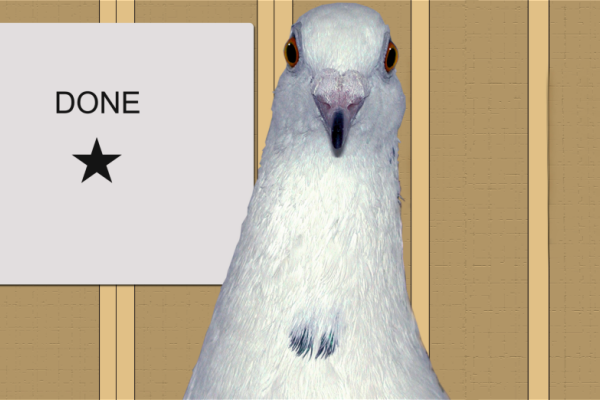2017-08-22

Apes, corvids, and pigeons differ in their pallial/cortical neuron numbers, with apes ranking first and pigeons third. Do cognitive performances rank accordingly? If they would do, cognitive performance could be explained at a mechanistic level by computational capacity provided by neuron numbers. To approach this question, biopsychologists from Bochum and Dunedin (New Zealand) reviewed five areas of cognition (short-term memory, object permanence, abstract numerical competence, orthographic processing, self-recognition) in which apes, corvids, and pigeons have been tested with highly similar procedures. They discovered that in all tests apes and corvids were on par, but also pigeons reached identical achievement levels in three tests. The scientists conclude that higher neuron numbers are poor predictors of absolute cognitive ability, but better predict learning speed and the ability to flexibly transfer rules to novel situations.

Apes, corvids, and pigeons differ in their pallial/cortical neuron numbers, with apes ranking first and pigeons third. Do cognitive performances rank accordingly? If they would do, cognitive performance could be explained at a mechanistic level by computational capacity provided by neuron numbers. To approach this question, biopsychologists from Bochum and Dunedin (New Zealand) reviewed five areas of cognition (short-term memory, object permanence, abstract numerical competence, orthographic processing, self-recognition) in which apes, corvids, and pigeons have been tested with highly similar procedures. They discovered that in all tests apes and corvids were on par, but also pigeons reached identical achievement levels in three tests. The scientists conclude that higher neuron numbers are poor predictors of absolute cognitive ability, but better predict learning speed and the ability to flexibly transfer rules to novel situations.